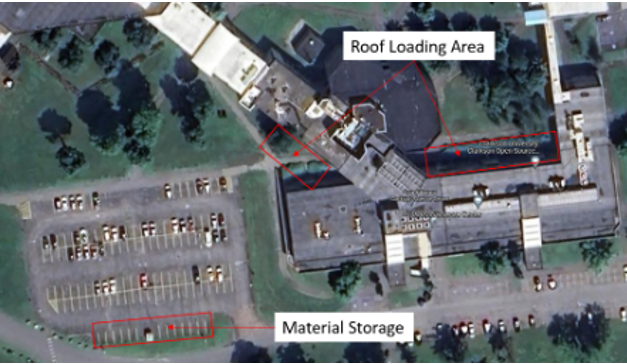In just a few days, the next Mars rover will land on the red planet to hunt for signs of ancient life, collect samples for its return to Earth, and help demonstrate a variety of new exploration technologies, among other tasks. And one Clarkson University Professor has been quite involved in the Mars 2020 program.

Mechanical and Aeronautical Engineering Professor Suresh Dhaniyala chaired two JPL and NASA committees to review contamination control measures used in the Mars 2020 program, which launched on July 30, 2020. He was on the committee as an expert in aerosol physics and the resuspension of microbial agents from surfaces.
“The Mars 2020 program is dedicated to obtaining the purest Mars samples possible for investigating different aspects of Martian geology, particularly evidence of extant life (i.e. life that might have been on Mars at one time). The success of this program necessitates that the Martian lander and probe be completely free of terrestrial microbes as we don’t want to contaminate the surface of Mars and then capture the contaminants and bring it back and conclude that the life on Mars is the same as Earth!” Professor Dhaniyala said. JPL has gone to extreme lengths to ensure that their probe is contamination-free and chances of collecting a contaminated sample is zero. “As part of the JPL contamination control committee, we reviewed their modeling approach, experimental validation data, and contamination control plans to ensure that the Mars samples can be obtained without contamination.”
Before any of that groundbreaking work can happen, the car-size rover named Perseverance must safely touchdown inside Mars’ Jezero Crater on February 18th. There is no guarantee that the rover will survive this harrowing ordeal. Over the years only 40% of all Mars surface missions have landed successfully.
Assuming it does land safely, Perseverance will take the next step from the work that the rover Curiosity has been doing and actively hunt for signs of ancient life on the Red Planet. No surface mission has ever done this. The rover will collect and store several dozen samples, which will be brought back to Earth to be analyzed.
“I’m continuing this work with a UN committee that is establishing protocols to ensure the safety of handling samples that will be returned back to Earth by the Mars Sample Return Campaign later this decade,” Professor Dhaniyala said. To watch the February 18 landing of the Mars Perseverance rover online, go to https://mars.nasa.gov/mars2020/timeline/landing/watch-online/.
https://www.clarkson.edu/news/whats-connection-between-clarkson-and-weeks-mars-mission



